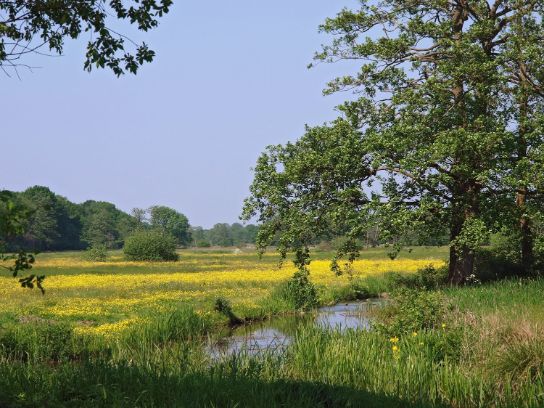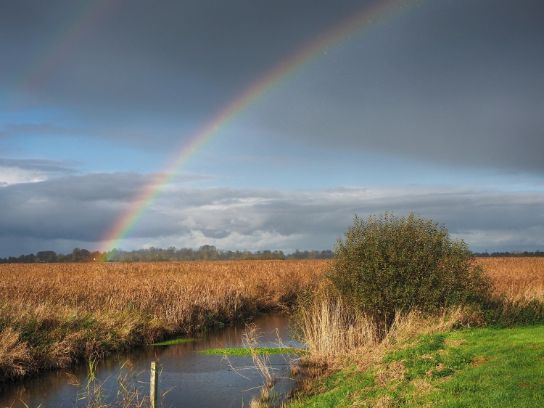Landscape-Ecological System Analyses (LESAs) for the province of Drenthe
Getting nature and water targets on track with LESAs

Landscape-Ecological System Analyses (LESAs) for the province of Drenthe
The soil and associated geohydrology of the Dutch province of Drenthe have a complex history. The provincial government of Drenthe commissioned Witteveen+Bos and Royal HaskoningDHV to carry out Landscape-Ecological System Analyses (LESAs) for the entire province, divided into ten sub-areas.
The purpose of a LESA is to analyse the natural system from multiple perspectives: geomorphology, soil science, (geo)hydrology, ecology and landscape. This integrated analysis focuses on understanding the interrelationships and driving processes in the physical-chemical system.
The objective of carrying out these LESAs was to form a clear picture of these driving processes using a systems approach to identify important opportunities for, and obstacles to, reaching the nature and water quality targets in the province.
Understanding the water and soil system
The soil and associated geohydrology of the province of Drenthe have a complex history, which is responsible for the varied and unique nature types in the stream valleys and ridges of the province. However, the natural environment is deteriorating in many areas, and the water and soil system is reaching the limits of its capacity. This is evidenced by the fact that the Natura 2000 and WFD targets are largely not being met.
To improve the nature and water quality, it is essential to deepen our understanding of the integration and interdependencies between soil, water and nature. Understanding how the water and soil system functions can help the provincial government broaden and improve the water and soil-based land management principle and apply it on a larger scale, and also realise the existing and future nature targets (Birds and Habitats Directives (VHR) and WFD) together with climate, agriculture and nitrogen targets.

Opportunities, obstacles and knowledge gaps
During this project, interdisciplinary teams of geohydrologists, landscape ecologists and soil scientists extensively studied ten sub-areas of the province. Witteveen+Bos produced the LESAs for three sub-areas: the ‘Kop van Drenthe’, the ‘Drentsche Aa’ and the ‘Vledder en Wapserveense Aa’.
The analysis began with work sessions with area experts to identify how the system functions in general terms. Project teams then followed an integrated approach to describe the system components and processes. Field visits were also organised with the client and land management organisations, with the objective of refining the analysis using local knowledge. The systems analysis identified opportunities, obstacles and knowledge gaps in relation to how the system functions.
LESAs in knowledge documents and StoryMaps
The results of the LESAs for the ten sub-areas were recorded in ten knowledge documents, which describe the landscape and ecohydrological functioning of each sub-area. The content of the knowledge documents was also summarised in easy-to-understand, attractive online StoryMaps.
'Understanding the interrelationships between soil, water and nature is essential to improve nature and water quality.'



More information?

